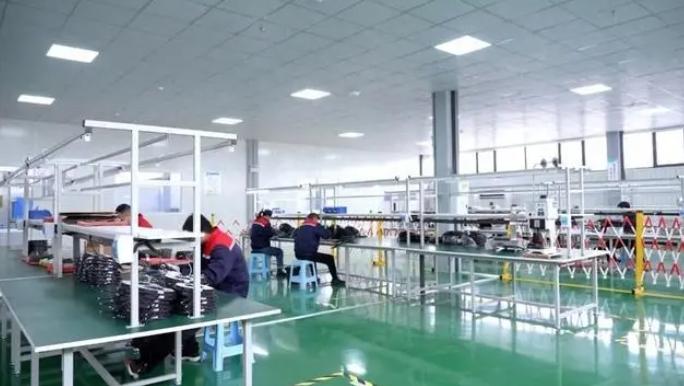
Can robots also achieve charging freedom? This is no longer just an imagination; spatiotemporal intelligent technology has turned it into reality.

The company's mobile robot wireless charging project has achieved commercial mass production, with two laptop sized boxes and a few cables, forming a complete set of equipment. This seemingly simple composition is full of mysteries inside.
"Our product is the first in the industry to adopt wireless fast charging technology, with a charging current of over 100A." Li Dan, the general manager of the company, said that the product solves two major industry technical problems: the explosion prevention of combustible gases or dust during wireless charging of robots and the easy burning of dynamic mobile charging, breaking through the technical bottleneck of wireless charging technology in the robotics industry.
There are neatly stacked wireless charging devices in the company's warehouse. Each device consists of a transmitting end and a receiving end. The receiving end is directly installed on the industrial robot, while the transmitting end is set in a fixed position. When the robot runs out of battery, it can return to charging at any time.
"For robots, our devices are like the 'power bank' of mobile phones, helping them charge safely, quickly, and conveniently," said Li Dan.
Traditional wireless charging devices for robots typically have a very small working distance and require relatively precise alignment, otherwise it will lead to a serious decrease in charging efficiency and failure of the charging process, affecting the normal operation of the robot. The company's products have greater freedom and can achieve stable output within a relatively large range.
Not only does the charging distance have greater freedom, but the charging device also has a smaller volume. "When working at the same distance, the size of our equipment is only 1/4 of that of similar products, making charging more flexible." Li Dan explained that during product design, they adhered to the design concept of integration and modularization, analyzed the distribution of electromagnetic heat through computational modeling, optimized design, designed components in appropriate positions, and packaged functional modules such as electricity, magnetism, heat, and communication. This effectively improved product integration, reduced volume and weight, and ensured strong stability and reliability, while maintaining transmission efficiency between 85% and 90%.
In order to make the product safer, the company has put a lot of effort into product design.
"We have effectively controlled the energy and distribution of the electromagnetic field through innovative magnetic field design technology, ensuring that in the presence of flammable and explosive gases or dust, there will be no energy source generated, and therefore no gas or dust will be ignited." Li Dan said that both the transmitting and receiving ends of the product use independently developed electromagnetic shielding layers, which can ensure that the level of electromagnetic radiation meets relevant industry standards and will not have adverse effects on the human body. At the same time, the foreign object detection function (FOD) has been added to the product design, which can automatically prompt or turn off the wireless power supply when metal is found, ensuring the safety of electrical equipment. The product's service life can also be maintained for more than 10 years.
Mobile robots have been widely used in more and more industries, and charging mobile robots has undoubtedly become a "blue ocean" worth cultivating.